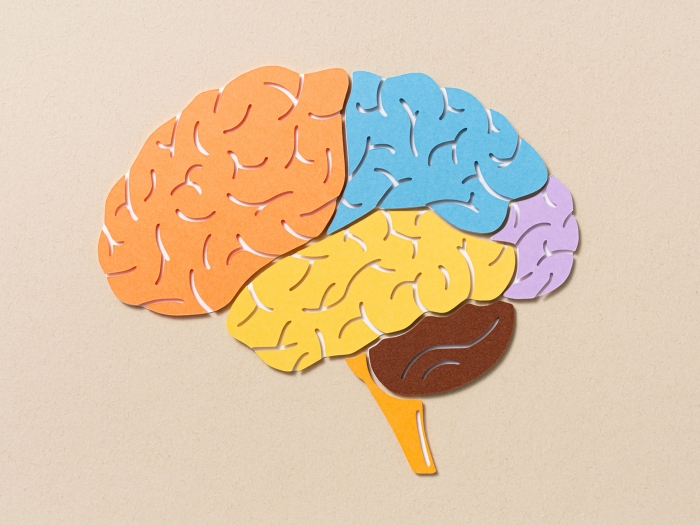New research from the University of Central Lancashire may one day lead to a simple method to diagnose Alzheimer’s. But first, far more testing is needed.
7:00 AM
Author |

For years, clinicians and scientists have been searching for a reliable, accessible and inexpensive test that can help diagnose Alzheimer's disease and other forms of dementia.
MORE FROM THE LAB: Subscribe to our weekly newsletter
This would help pair proper treatment to each disease and identify patients in the earliest phases who then might qualify for clinical trials to find disease-slowing therapy.
Existing options, however, fall short.
A cerebrospinal fluid analysis is helpful in diagnosing Alzheimer's disease, but it requires an invasive procedure — a spinal tap — which not everyone is willing to do. Positron emission tomography (PET) brain imaging of beta-amyloid or tau also can lead to the right diagnosis, but it is expensive and not covered by insurance.
In other words, a simple, cheap blood test to detect Alzheimer's, or distinguish Alzheimer's from other forms of dementia, could be a game changer.
A recent study in the Proceedings of the National Academy of Sciences takes us a step in that direction.
The authors, from the University of Central Lancashire in the United Kingdom, used a special form of spectroscopy known as attenuated total reflection (ATR) FTIR spectroscopy to examine blood samples from more than 500 people, most of whom had one of many neurodegenerative diseases, including Alzheimer's.
FTIR spectroscopy provides a "snapshot" of the landscape of proteins, lipids and nucleic acids in the blood plasma. Subtle differences in this landscape can be teased out using special techniques and statistical methods to identify key features that might distinguish someone with Alzheimer's, for example, from someone without dementia.
SEE ALSO: 4 Takeaways from 'The Lancet' Report on Alzheimer's Disease Burden
The authors did precisely that, coming up with a test that was 70 percent sensitive and specific in detecting Alzheimer's disease from healthy controls. The test was improved by incorporating results of the major genetic risk factor for Alzheimer's, the Apolipoprotein E (ApoE) genotype.
Diagnosing Alzheimer's vs. Lewy body dementia
Perhaps the most striking finding in the study was the ability of the spectroscopy test to distinguish Alzheimer's from Lewy body dementia. LBD, the second most common primary dementia, is often confused with Alzheimer's, leading to misdiagnosis and inappropriate medical treatment.
The test was even better in distinguishing Alzheimer's from LBD, achieving 90 percent sensitivity and specificity.
Is this test ready for the clinic? Not yet.
It will be important to put this diagnostic test through its paces, testing it in an independent population that includes a much greater number of patients with the earliest signs of Alzheimer's disease process and ideally includes parallel cerebrospinal fluid or PET imaging biomarker data. In doing so, we can determine precisely how good a relatively noninvasive and inexpensive test like this can be.
The search continues for that cheap, accessible and reliable test, but maybe we are one step closer.

Explore a variety of health care news & stories by visiting the Health Lab home page for more articles.

Department of Communication at Michigan Medicine
Want top health & research news weekly? Sign up for Health Lab’s newsletters today!





